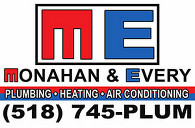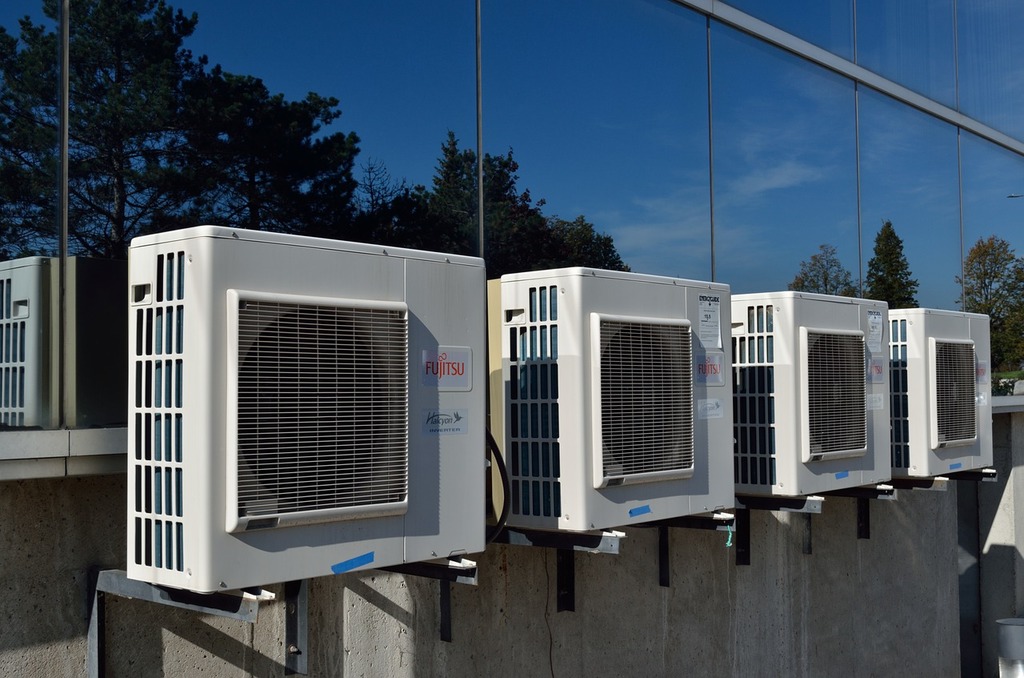

Call ME For All Your Plumbing and Heating Needs

Call Us For Free Estimates
Comprehensive Guide to Residential Heating and Air Conditioning Systems
Maintaining a comfortable living environment year-round depends on the proper functioning of heating, ventilation, and air conditioning (HVAC) systems. HVAC systems control indoor temperature, humidity, and air quality, playing a crucial role in energy efficiency and overall home comfort. This guide explores different types of heating and cooling systems, common maintenance practices, troubleshooting tips, and energy-saving solutions for residential properties.

Introduction to Heating and Air Conditioning
Heating and air conditioning systems are essential for regulating indoor temperatures during extreme weather. A well-functioning HVAC system keeps residents warm during the winter and cool in the summer while maintaining good indoor air quality. There are several types of HVAC systems, each suited to specific needs and home sizes.
Key Differences Between Central and Ductless Systems:
- Central HVAC Systems: Utilize ductwork to distribute air throughout the home.
- Ductless Systems (Mini-Splits): Operate without ducts, offering zoned temperature control in specific rooms or areas.
Choosing the right system depends on factors such as home size, climate, and energy efficiency goals.
Types of Heating Systems
A variety of heating systems are available for residential use, each with unique advantages and applications.
1. Furnaces
Furnaces are the most common heating systems in homes and can be powered by gas, oil, or electricity. They work by heating air and distributing it through ducts.
- Gas furnaces: Efficient and cost-effective for cold climates.
- Electric furnaces: Ideal for homes without access to natural gas.
- Oil furnaces: Common in rural areas where gas supply is limited.
2. Heat Pumps
Heat pumps offer dual functionality, providing both heating and cooling.
- Air-source heat pumps: Transfer heat between the indoors and outdoors.
- Geothermal heat pumps: Use the earth’s natural heat for efficient temperature regulation.
3. Radiant Heating Systems
Radiant heating involves warming surfaces such as floors or walls, which then radiate heat into the room.
- Common in modern homes with underfloor heating systems.
- Provides consistent and comfortable heat without the need for ducts.
Types of Air Conditioning Systems
Cooling systems vary in size and complexity, with options tailored to different home layouts and cooling needs.
1. Central Air Conditioning Systems
Central AC systems cool an entire home by distributing cooled air through a network of ducts. They are commonly paired with furnaces in a combined HVAC system.
- Best suited for large homes with consistent cooling needs.
2. Ductless Mini-Split Systems
These systems allow for zoned cooling, with individual air-handling units installed in specific rooms.
- Energy-efficient option for homes without ductwork or for rooms that require customized cooling.
3. Window and Portable Air Conditioning Units
Smaller, self-contained units designed for cooling individual rooms.
- Ideal for temporary or supplemental cooling in areas without central AC.
HVAC System Installation for New Construction
Proper installation of HVAC systems in new construction is critical for optimizing performance and long-term efficiency.
Considerations During Installation:
- Correct Sizing:
- HVAC systems must be appropriately sized to match the home’s heating and cooling requirements. Oversized units can lead to short cycling and energy waste, while undersized units struggle to maintain comfortable temperatures.
- Ductwork Design:
- Proper duct placement ensures even airflow and minimizes energy losses. Poorly designed ductwork can lead to inconsistent temperatures and increased energy consumption.
- Energy-Efficient Features:
- Incorporating energy-efficient components, such as high-SEER (Seasonal Energy Efficiency Ratio) air conditioners and programmable thermostats, helps reduce long-term utility costs.
Routine Maintenance Practices
Regular maintenance is essential to keep HVAC systems running efficiently and prevent unexpected breakdowns.
1. Filter Changes:
Air filters should be checked and replaced every 1-3 months, depending on usage. Clogged filters restrict airflow, reducing system efficiency and indoor air quality.
2. Duct Cleaning:
Over time, dust and debris accumulate in the ductwork, restricting airflow and circulating contaminants. Professional duct cleaning helps maintain proper airflow and reduces allergens in the home.
3. Refrigerant Level Checks:
Air conditioners require the correct refrigerant charge to function properly. Low refrigerant levels can reduce cooling efficiency and damage the system.
4. Boiler and Furnace Tune-Ups:
Annual inspections of boilers and furnaces help identify worn parts and ensure the system is ready for the heating season.
Common HVAC Issues and Troubleshooting
HVAC systems can develop problems over time, but many issues are preventable or fixable with proper maintenance.
| Issue | Possible Causes | Solutions |
|---|---|---|
| Uneven heating or cooling | Duct leaks, blocked vents, or incorrect thermostat settings | Seal duct leaks, clean vents, and recalibrate the thermostat |
| Noisy operation | Loose components, fan or compressor issues | Tighten loose parts, replace damaged fan motors |
| Inconsistent airflow | Dirty air filters, duct obstructions | Replace filters, inspect ducts for debris or blockages |
| High energy bills | Poor insulation, aging system | Improve insulation, consider upgrading to an energy-efficient system |
Understanding these common issues and their solutions can help homeowners address minor problems before they require costly repairs.
Energy-Efficient Heating and Cooling Solutions
Upgrading to energy-efficient systems and adopting energy-saving practices can significantly reduce heating and cooling costs.
1. Smart Thermostats
Smart thermostats allow users to program heating and cooling schedules and control HVAC systems remotely. They optimize energy use by adjusting temperatures based on occupancy patterns.
2. Energy Star-Certified Systems
HVAC systems with the Energy Star label meet strict efficiency standards set by the Environmental Protection Agency (EPA).
- Homeowners may be eligible for rebates and incentives when installing certified systems.
3. Proper Home Insulation
Effective insulation minimizes heat loss during the winter and prevents heat gain during the summer, reducing the workload on HVAC systems.
Indoor Air Quality Considerations
Beyond temperature regulation, HVAC systems play a crucial role in maintaining indoor air quality. Poor air quality can lead to allergies, respiratory problems, and discomfort.
Key Add-Ons for Improved Air Quality:
- Air Purifiers: Capture and remove airborne particles, including dust, pollen, and pet dander.
- Humidifiers and Dehumidifiers: Maintain optimal humidity levels to prevent mold growth and minimize respiratory irritation.
- Advanced Filtration Systems: High-efficiency filters (such as HEPA filters) trap smaller particles and allergens.
Conclusion
Heating and cooling systems are essential for ensuring year-round comfort in residential spaces. Proper installation, routine maintenance, and energy-efficient upgrades can enhance the performance of HVAC systems while lowering energy costs. By partnering with professionals like Mohanan & Every Plumbing and Heating, homeowners can enjoy customized HVAC solutions that are both reliable and cost-effective. With their expertise, homeowners can maintain consistent indoor temperatures, improve air quality, and reduce their environmental impact.
Investing in smart thermostats, ductless mini-splits, and regular system tune-ups can help homeowners achieve long-term savings and a healthier indoor environment. Whether it’s a new construction project or a system upgrade, Mohanan & Every Plumbing and Heating ensures that HVAC systems operate at peak performance.

